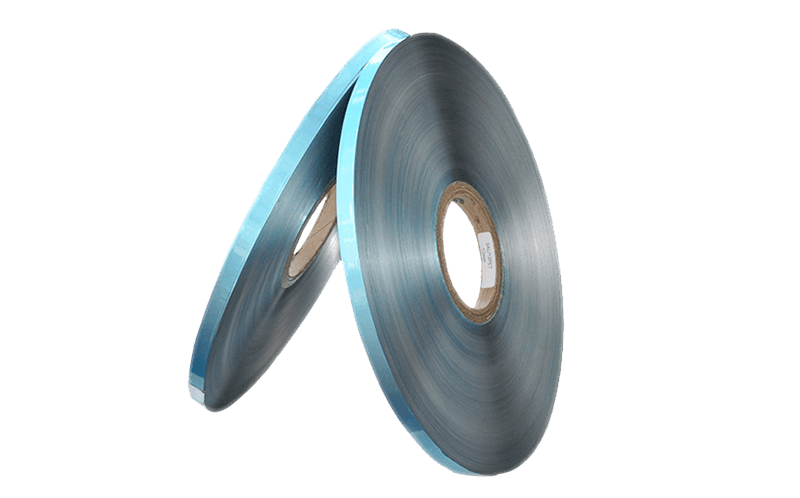There are several types of cable insulation material av […]
There are several types of cable insulation material available. Chlorinated polyethylene is a good choice for electrical cable insulation, offering good resistance to heat, oil and water. Another common type is thermoplastic rubber, which is flexible and resistant to UV radiation and wear. Polychloroprene, for example, has excellent abrasion and cut resistance, while Styrene Butadiene rubber is superior to neoprene in temperature resistance. Finally, silicone has excellent flame retardance and heat resistance.PVC cable insulation material is widely used in a variety of applications. Its low dielectric constant, excellent flexibility and resistance to abrasion and water are some of its most valuable characteristics.
0.021mm single side aluminum PET mylar film Material for Flexible air ducts

Place of Origin:Zhejiang, China
Model Number:HVAC Duct Tape
Supplier Feature:Factory
Yearly output:Over 5000 Tons
Product Cutting Line:Over 4 lines
Type:HVAC Systems
Product name:Aluminum PET tape
Certificate:SGS &ISO9001:2008
Exhibition:Home and abroad
It comes in a variety of molecular weights and density levels. Low-density and high-molecular-weight varieties are more flexible. Brown and black polyethylene are excellent insulators, and their resistance to weather and moisture is higher than those of other materials. Flame retardant polyethylene is available and is especially good in outdoor applications.PVC cables are widely used in electrical applications, including industrial, domestic, and automotive wiring. Due to their durability and long lifespan, they are the most popular type of cable for many applications. The material is also resistant to static electricity and foreign materials. When choosing the right type of PVC cable, make sure to consider its flammability and electrical resistance. Different types of PVC cables will have different uses, so ask the vendor to provide guidance.Neoprene is a type of synthetic rubber that is resistant to oxidation and sunlight. It is also able to resist abrasion.
The material is a great choice for cable insulation because it can work at low temperatures and is resistant to water, oil, and grease.Other thermoplastic materials similar to neoprene include ethylene propylene diene monomer and silicone. The former has good resistance to water, oil, and heat, and is flexible enough to be used in a variety of electrical applications. Silicone is another versatile synthetic rubber that has excellent heat resistance and flexibility, making it an excellent choice for many electrical applications. Fiberglass is another material that is widely used as cable insulation. Its low abrasion and high temperature resistance make it a superior option over neoprene.EPDM cable insulation provides an additional layer of protection for electrical cables. This insulation material is often used for industrial applications. Its insulating properties are suited to high voltage and high temperatures, as well as for motor and transformer leads.
However, it's not an ideal choice for environments that are oily or contain hydrocarbons.It is flexible and has excellent resistance to heat and moisture. Like neoprene, SBR is also resistant to chemicals and offers excellent electrical insulation. Silicone is another common synthetic rubber insulator and is used in a variety of electrical applications. Fiberglass is the most common type of glass-based insulation material. Its low abrasion and low temperature range make it a suitable choice for many applications, including electrical cables.Nylon is a highly flexible synthetic material that is commonly used as an electrical insulator. It is resistant to abrasion, chemicals, and heat. It also has a high dielectric strength and low dissipation factor. It is used in many power cable applications. Nylon is also resistant to oil and UV rays. Its properties also make it suitable for use in harsh environments.



